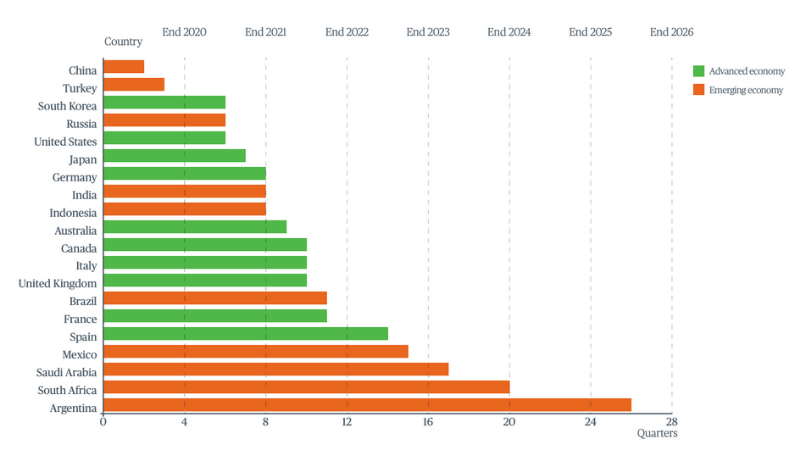Resources
Newsletter
Stay up to date and with the latest news, projects, deals and features.
SubscribeGlobal supply chain constraints are adding to cost pressures in the construction sector according to an industry report.
Turner & Townsend’s International Construction Market Survey 2021 assessed economic conditions across 90 global markets to provide a temperature check of the industry.
The data revealed that of the 90 markets, 11 were anticipating inflation of more than 10 per cent due to supply chain bottlenecks and skilled labour shortages.
Tokyo took the top spot as the most expensive city to build, followed by Hong Kong, San Francisco, New York City and Geneva.
New Zealand cities were ranked more expensive than Australia, Auckland ranked 39, and Christchurch was ranked 42.
Australian cities were cheaper with Sydney ranked 43, while Melbourne came in at 45, Brisbane was 51, Perth 53 and Adelaide was 54.
“Many markets are anticipating [inflation will] worsen over 2022, as construction activity ramps up, pushing inflation up further,” the report stated.
“There are several contributing factors that are constraining global supply chains for building materials.
“When layered on top of one another, they are creating a ‘perfect storm’, causing considerable price spikes in some building materials.”
Reduced production capacity, increased demand and shipping delays are feeding into global supply chain constraints affecting all markets.
“There are record volumes of freight moving through ports around the world and this is resulting in severe port congestion, surging freight costs, equipment shortages and higher priced goods.
“In some cases, the cost of shipping containers has quadrupled, and the issue is being exacerbated by delays in offloading ships in port due to Covid-19 restrictions.
“A shortage of shipping containers is also impacting on delivery times and availability of materials.”

The price of structural steel beams, reinforcement bar, softwood timber and copper pipe has risen sharply with an increase in demand of up to 40 per cent year on year across many markets, but Turner & Townsend has forecast the surging global costs would begin to correct by mid-2022.
But there is growing concern for Australia's $360 billion construction industry, which is buckling under the pressure of a “profitless boom”.
Up to 25 per cent of all insolvencies in Australia are companies within the construction industry and the supply chain constraints are putting pressure on profit margins.
The construction of data centres has emerged as the top construction sector asset during the past 12 months, the first time it has featured in the top five, according to Turner & Townsend.
Industrial and logistics assets also moved into the top five, placed at third, with education and healthcare assets also getting a renewed focus in the post-pandemic markets.